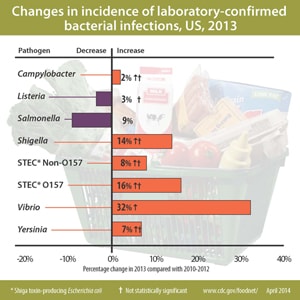Act now: support USDA’s wellness policies for schools
Now is the time to tell USDA you support its proposed guidelines for nutrition education, physical activity, and junk food marketing in schools:
The bipartisan Healthy, Hunger-Free Kids Act of 2010 mandated that the USDA set guidelines for what needed to be included in local school wellness policies in areas such as setting goals for nutrition education and physical activity, informing parents about content of the policy and implementation, and periodically assessing progress and sharing updates as appropriate. As part of local school wellness policies, the proposed guidelines would ensure that foods and beverages marketed to children in schools are consistent with the recently-released Smart Snacks in School standards. Ensuring that unhealthy food is not marketed to children is one of the First Lady’s top priorities; that is why it is so important for schools to reinforce the importance of healthy choices and eliminate marketing of unhealthy products.
Here are two easy ways to make sure USDA follows through on the guidelines:
Center for Science in the Public Interest (CSPI) has a website set up for quick letters:
While many schools have adopted policies over the past few years to support healthy eating and physical activity, implementation has not been uniformly strong. USDA’s proposed updates will strengthen implementation, help parents be better informed about the policies, and provide schools with more tools and resources.
The Campaign for a Commercial-Free Childhood (CCFC) asks for signatures on a letter urging the USDA to ban all advertising in schools:
The USDA is urging schools only to limit junk food marketing. By attempting to set a ceiling that prohibits advertising for unhealthy foods, the USDA may set a floor that opens the floodgates for many other types of marketing in schools, setting a dangerous precedent that goes far beyond food.
Now is the time….




